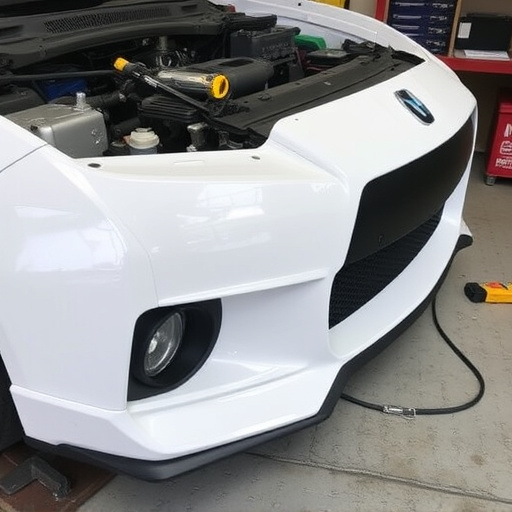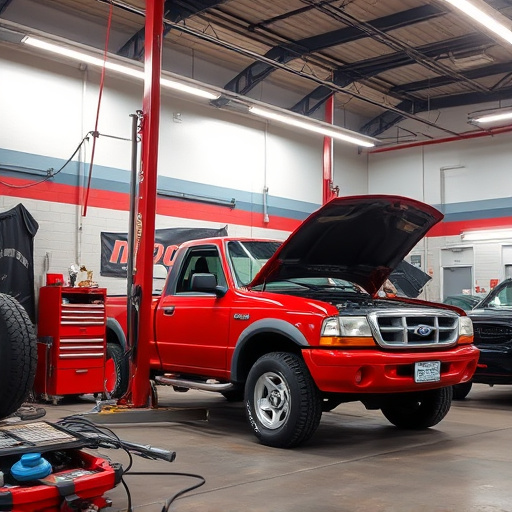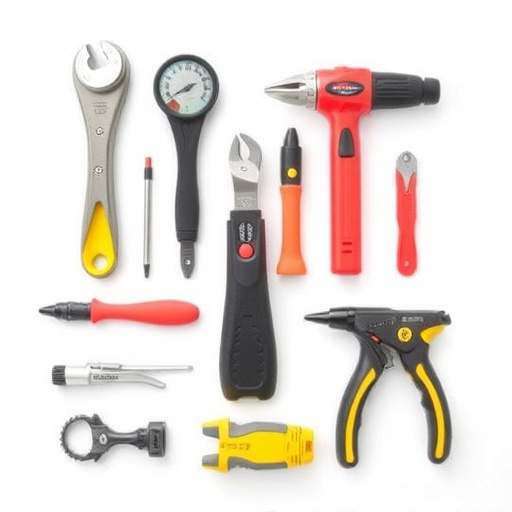Understand homeowner's insurance coverage for damage, distinguishing between routine maintenance and unforeseen issues. Maintain meticulous records of all repairs and expenses to prepare for out-of-pocket repair costs. Budget for emergency home and automotive repairs, including dedicated funds for vehicle maintenance, to mitigate financial surprises from out-of-pocket repair costs.
Managing out-of-pocket repair costs can be a daunting task, but with strategic planning, you can navigate these expenses with ease. This article unveils seven secrets to help you decipher your homeowner’s insurance coverage, keep meticulous records of repairs and associated costs, and budget effectively for unforeseen situations. By implementing these strategies, you’ll gain control over your financial obligations, ensuring peace of mind when unexpected out-of-pocket repair costs arise.
- Understand Your Homeowner's Insurance Coverage
- Keep Detailed Records of Repairs and Expenses
- Budget for Unexpected Outages and Repairs
Understand Your Homeowner's Insurance Coverage

Before diving into managing unexpected out-of-pocket repair costs, it’s crucial to understand your homeowner’s insurance coverage. Homeowner’s insurance policies typically cover a range of perils, including damage from storms, fires, and other common hazards. However, not all repairs are covered equally. Some policies may require you to pay a deductible before insurance kicks in, while others might have specific exclusions for certain types of damage. For instance, flood or seismic activity damages usually fall outside the scope of standard homeowner’s insurance. Understanding these nuances is key to knowing what repairs are covered and what costs you can expect to bear.
Furthermore, distinguishing between routine maintenance and sudden, unforeseen issues is essential. Regular upkeep, such as changing air filters or fixing a leaky faucet, is generally your responsibility. Conversely, unexpected breakdowns or disasters like pipe bursts or roof damage may be covered under your policy. Knowing the difference helps in planning for potential out-of-pocket expenses, whether it’s budgeting for small repairs or preparing for the costs of automotive restoration in case of major incidents affecting your vehicle, much like a Mercedes Benz repair.
Keep Detailed Records of Repairs and Expenses

Maintaining meticulous records is a crucial strategy to manage unexpected out-of-pocket repair costs, especially for car owners. Documenting every repair and expense since the moment you purchase your vehicle can seem like a daunting task, but it’s an essential step in staying prepared and financially secure. Start by creating a dedicated folder or digital file where you store receipts, invoices, and any work orders from service centers or body shops.
Regularly update this record-keeping system whenever a repair is carried out, regardless of its size. For instance, even a simple dent removal or bumper repair should be logged with the date, cost, and a brief description of the work done. This comprehensive record will not only help you track your financial investments in your vehicle but also provide valuable information when comparing quotes for future repairs or negotiating with insurance providers.
Budget for Unexpected Outages and Repairs

Unexpected outages and repairs can significantly impact your finances, especially when it comes to out-of-pocket repair costs. To stay prepared, budgeting for these eventualities is crucial. Start by setting aside a dedicated emergency fund for home maintenance and repairs. This fund should cover various issues, from minor inconveniences like a leaky faucet to more significant problems such as a broken water heater or roof damage. Regularly reviewing and adjusting your budget can help ensure you’re prepared for any surprises.
Additionally, consider the costs associated with specialized services like automotive collision repair or dent removal. These expenses can add up quickly, so having some savings set aside specifically for vehicle maintenance can be beneficial. By being proactive in budgeting and considering potential out-of-pocket repair costs, you’ll find yourself better equipped to handle unexpected repairs without causing a strain on your finances.
Managing out-of-pocket repair costs effectively involves a combination of proactive planning, detailed record-keeping, and strategic budgeting. By understanding your homeowner’s insurance coverage, maintaining meticulous records of repairs and expenses, and allocating funds for unexpected outages and repairs, you can significantly reduce financial surprises and ensure your home remains in top condition.














